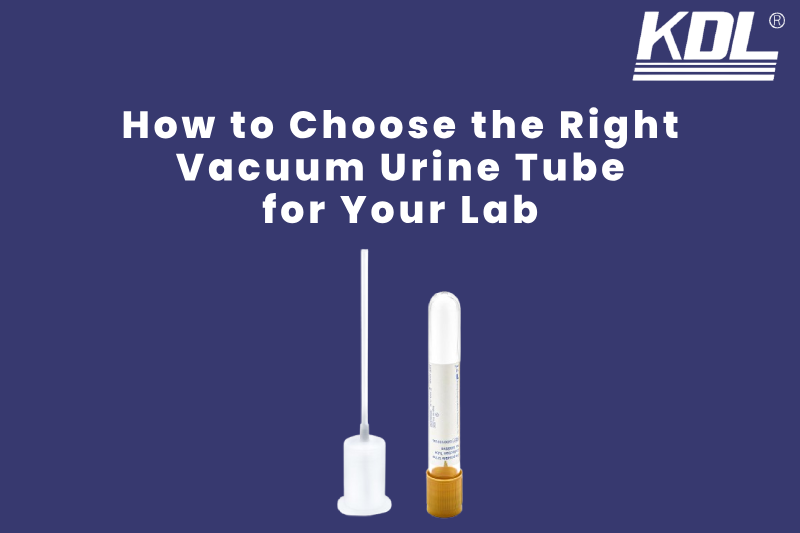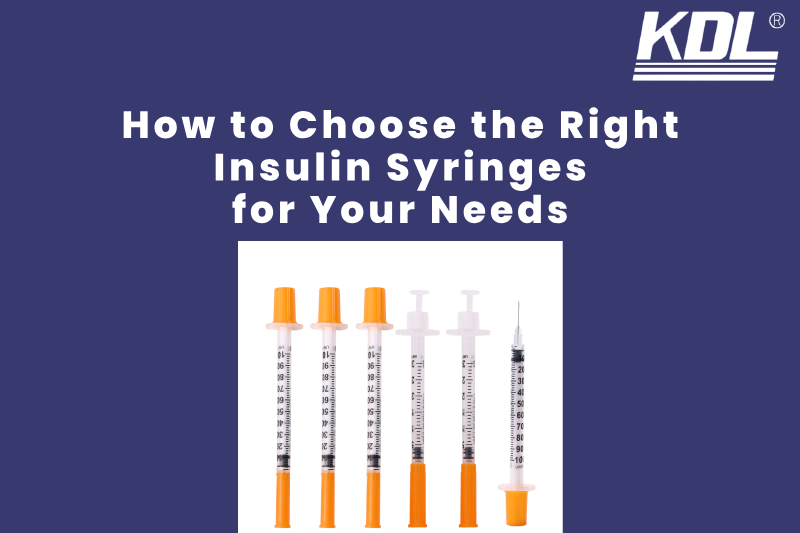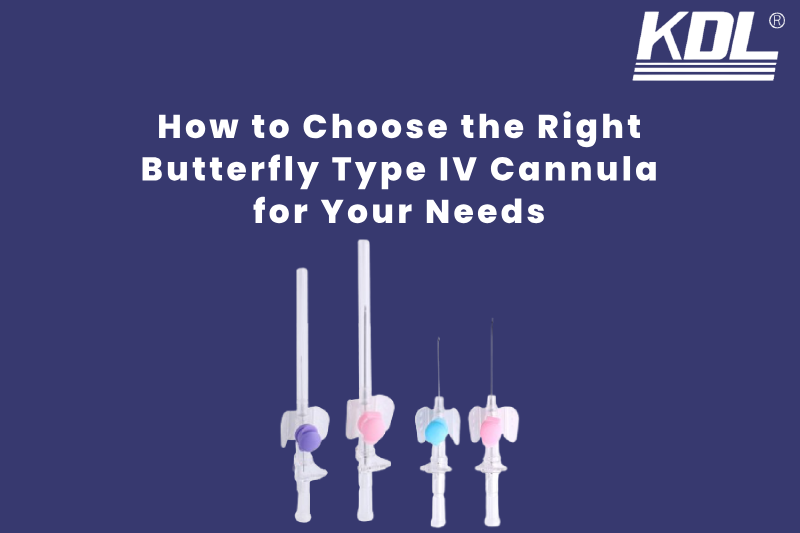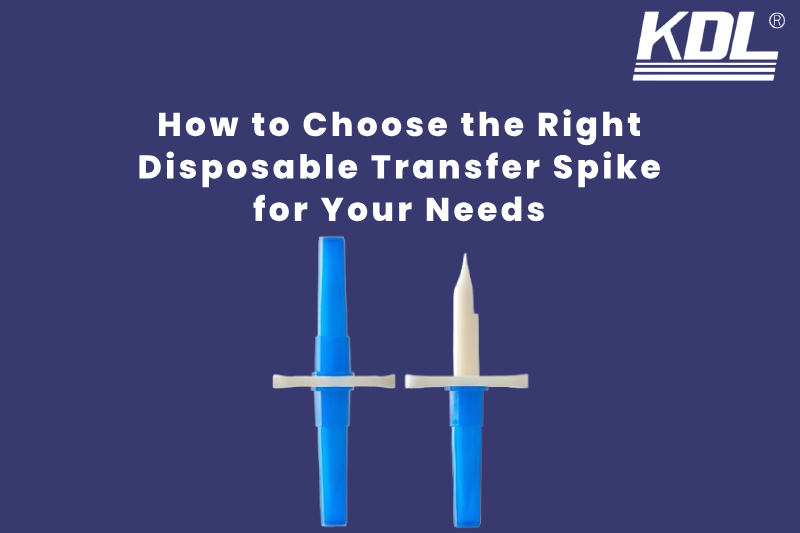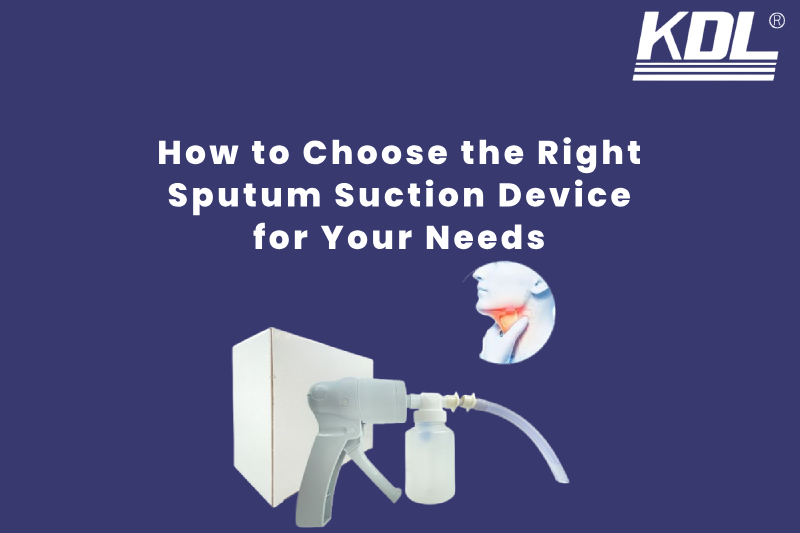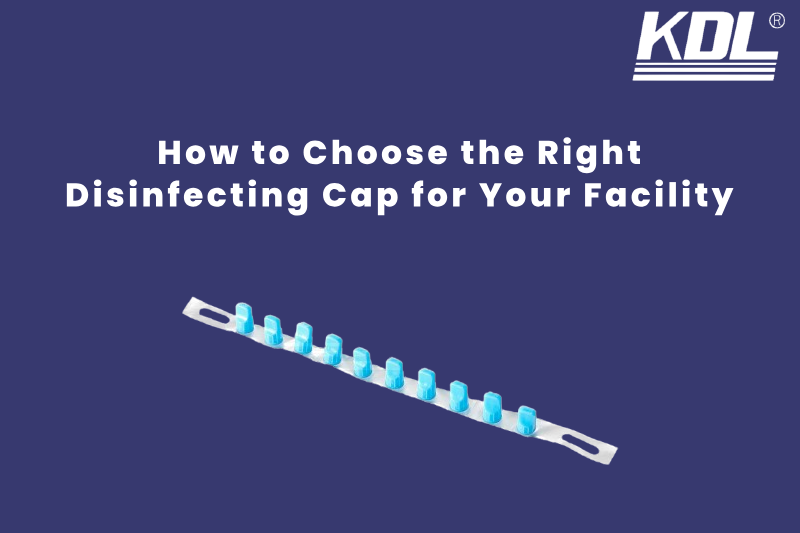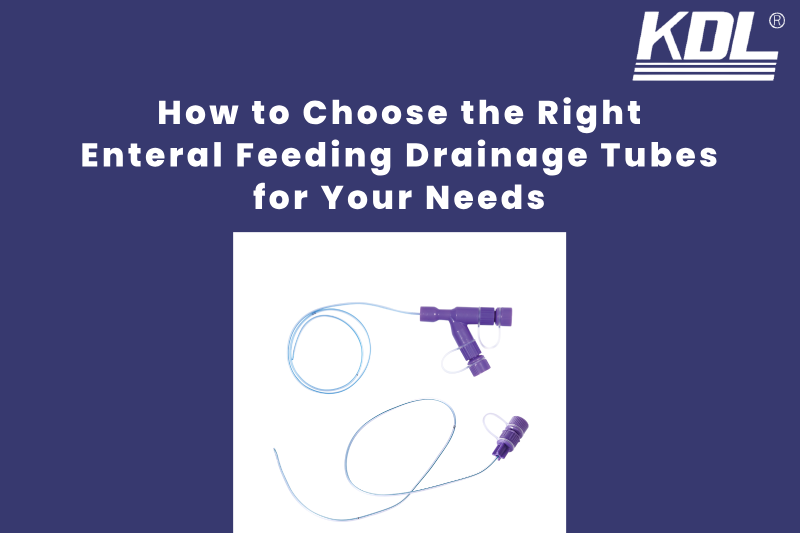
Vacuum urine cups are essential tools for medical and diagnostic laboratories, providing a sterile and efficient method for urine sample collection and storage. Selecting the right urine cup is critical for ensuring accurate test results, sample integrity, and workflow efficiency. This guide will walk you through the key factors to consider when choosing a vacuum urine cup that meets your specific needs.
What Is a Vacuum Urine Cup?
A vacuum urine cup is a specialized container designed for the sterile collection and secure storage of urine samples. It features a vacuum seal that allows the transfer of urine into laboratory testing tubes without manual handling, reducing contamination risks and maintaining sample integrity.
Understand the Purpose of the Vacuum Urine Cup
Start by identifying why you need a vacuum urine cup.
- Clinical Use: For hospitals and diagnostic labs, prioritize sterility and compatibility with equipment.
- Home Testing: Look for user-friendly designs that simplify sample collection and minimize spillage.
- Research Applications: Opt for cups with precise volume measurements and sealed systems to avoid contamination.
Benefits of Using Vacuum Urine Cups
- Hygienic Collection: Minimizes the risk of contamination during sample transfer.
- Standardized Volume: Ensures accurate sample size for consistent testing.
- Safety: Reduces the risk of spills and exposure to biohazards.
- Efficiency: Streamlines the process of sample collection and handling.
Factors to Consider When Choosing a Vacuum Urine Cup
1. Material
The material of the cup plays a vital role in durability, sterility, and compatibility with tests.
- Plastic Cups: Lightweight, cost-effective, and durable; commonly made of polypropylene or polyethylene.
- Glass Cups: Provide better chemical stability and are less likely to interfere with test results, though they are more fragile.
Choose a material that aligns with your lab’s requirements and the level of handling involved. For those seeking affordable vacuum urine cups without compromising quality, KDL’s vacuum urine cups are an excellent option.
2. Capacity
Vacuum urine cups come in various sizes to accommodate different sample volumes. Common capacities include:
- 50 mL: Suitable for routine urinalysis.
- 100 mL or larger: Ideal for tests requiring larger sample volumes, such as 24-hour urine collection.
Select a cup size based on the volume needed for your specific tests.
3. Vacuum Mechanism Compatibility
Ensure the cup’s vacuum mechanism is compatible with your laboratory’s equipment, such as transfer devices or analyzers. This compatibility simplifies the workflow and prevents handling errors.
4. Sterility
Sterile cups are essential for clinical and diagnostic purposes. Always confirm that the cups meet sterility standards to avoid compromised test results.
5. Additional Features
Modern high-quality vacuum urine cup may come with added features that enhance usability:
- Integrated Transfer Ports: Allow direct transfer of urine into vacuum tubes without exposure.
- Leak-proof Seals: Ensure safe transportation and storage.
- Graduation Marks: Help measure the sample volume accurately.
How to Properly Use a Vacuum Urine Cup
1. Prepare the Equipment
Before sample collection, ensure the vacuum urine cup and any associated transfer devices are sterile and ready for use. Verify patient details and provide instructions for sample collection.
2. Collect the Sample
Instruct the patient to fill the cup to the indicated level. After collection, securely seal the cup to prevent leakage or contamination.
3. Transfer the Sample
Using the integrated vacuum mechanism, transfer the required amount of urine into the designated tubes without opening the cup. This step ensures that the sample remains sterile.
4. Transport and Store Safely
Label the cup with the patient’s information and store it in the appropriate conditions until analysis. Follow your laboratory’s guidelines for transport and storage.
Common Mistakes to Avoid
- Choosing the Wrong Size: Using a cup that is too small or too large can lead to insufficient or wasted samples.
- Ignoring Compatibility: Always verify that the cup works with your lab’s equipment to avoid operational issues.
- Improper Sealing: Failure to seal the cup securely can result in sample leakage or contamination.
- Overlooking Sterility: Non-sterile cups can compromise test results and patient safety.
Finding the Best Vacuum Urine Cups for Your Lab
Selecting the right vacuum urine cup depends on the specific needs of your lab. Factors like compatibility with equipment, ease of use, and safety standards play a crucial role. If you’re exploring options, you can find a comprehensive range of vacuum urine collection supplies, including diverse materials and designs, that are well-suited for different laboratory setups.
Conclusion
Selecting the right vacuum urine cup is a vital step in ensuring efficient laboratory workflows and accurate diagnostic results. By considering factors such as material, capacity, compatibility, and additional features, you can choose a cup that meets your laboratory’s specific needs. Proper usage and adherence to safety protocols further enhance sample integrity and operational efficiency. Invest in high-quality vacuum urine cups to streamline your processes and maintain the highest standards of accuracy and safety in your laboratory.
 +86-791-8686-1216
+86-791-8686-1216 


